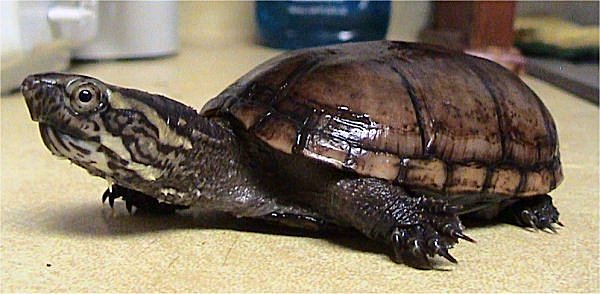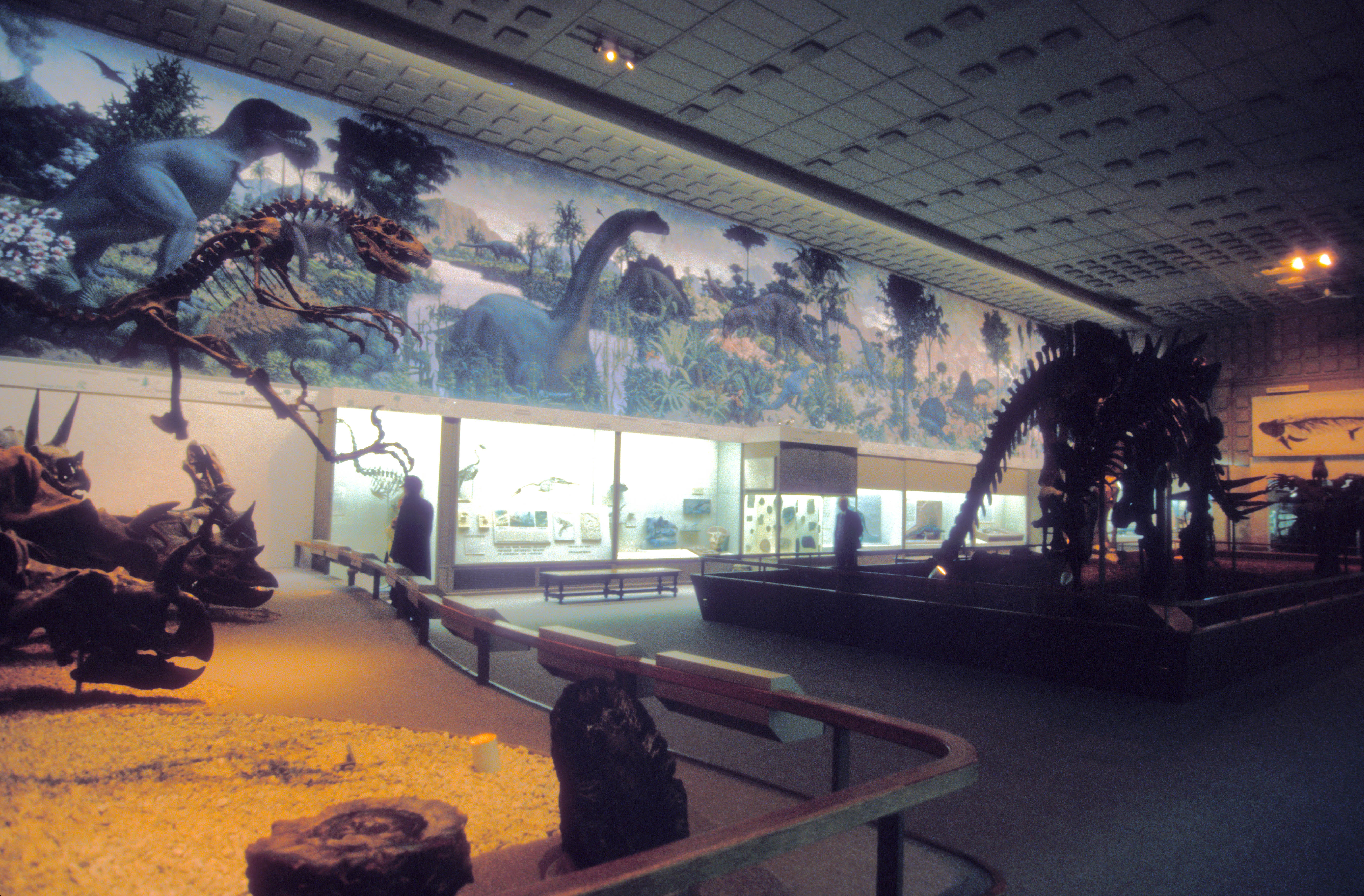|
Adocidae
The Adocidae are an extinct family of aquatic and omnivorous turtle Turtles are an order of reptiles known as Testudines, characterized by a special shell developed mainly from their ribs. Modern turtles are divided into two major groups, the Pleurodira (side necked turtles) and Cryptodira (hidden necked t ...s. They are freshwater cryptodiran turtles and are mainly known from Cretaceous and Paleogene Asia and North America. Taxonomy Phylogeny modified from Danilov ''et al.'' (2013). ''Yehguia'' is most likely synonymous with ''Sinaspideretes'', and is placed outside of Adocidae here for reasons proposed in Tong, Li & Ouyang (2013). Distribution Species of this genus are present in Oligocene of Kazakhstan, Paleocene of United States, and the Cretaceous of Canada, Japan, Kazakhstan, Kyrgyzstan, Laos, Mexico, Mongolia, Tajikistan, Thailand, United States and Uzbekistan. References Paleocene Mammals [...More Info...] [...Related Items...] OR: [Wikipedia] [Google] [Baidu] |
Adocus
''Adocus'' is an extinct genus of aquatic turtles belonging to the family Adocidae. ''Adocus'' was once considered to belong to the family Dermatemyidae. Description Species of the genus ''Adocus'' had flattened and smoothly contoured shells with horny sculptured plates. The shells could reach a length of about 80 cm. These large freshwater turtles had an omnivorous diet. They lived from the Late Cretaceous to the Paleocene in North America, but in Asia, they were also present during the Oligocene. Distribution These turtles have been found in Cretaceous to Paleogene of Canada, United States, Mongolia, China, Japan, Kazakhstan, Tajikistan, and Uzbekistan. Species * '' Adocus agilis'' * '' Adocus aksary'' * '' Adocus beatus'', type species In zoological nomenclature, a type species (''species typica'') is the species name with which the name of a genus or subgenus is considered to be permanently taxonomically associated, i.e., the species that contains the biological ... [...More Info...] [...Related Items...] OR: [Wikipedia] [Google] [Baidu] |
Adocus Beatus
''Adocus beatus'' is an extinct species of aquatic turtles belonging to the family Adocidae The Adocidae are an extinct family of aquatic and omnivorous turtle Turtles are an order of reptiles known as Testudines, characterized by a special shell developed mainly from their ribs. Modern turtles are divided into two major groups .... Description ''Adocus beatus'' had flattened and smoothly contoured shells with horny sculptured plates. The shells could reach a length of about 80 cm. Distribution These turtles have been found in Cretaceous to Paleogene of United States. References The Paleobiology Database [...More Info...] [...Related Items...] OR: [Wikipedia] [Google] [Baidu] |
Nanhsiungchelyidae
Nanhsiungchelyidae ( or ) is an extinct family of land turtles known from Cretaceous deposits in Asia and North America. Nanhsiungchelyids were more terrestrial than many of their contemporaries, and may have gone extinct at the end of the Cretaceous as a result. Classification The name Nanhsiungchelyidae was coined by Yeh in 1966, in the same paper in which the type genus ''Nanhsiungchelys'' was described. The name is derived from the name of the type species, with the suffix of a family, -idae, added to it. Taxonomy According to phylogenetic analyses, Nanhsiungchelyidae is the sister group to Adocidae The Adocidae are an extinct family of aquatic and omnivorous turtle Turtles are an order of reptiles known as Testudines, characterized by a special shell developed mainly from their ribs. Modern turtles are divided into two major groups ..., and thus both are included within the clade Adocusia. Nanhsiungchelyidae is split into two major clades, one including most ... [...More Info...] [...Related Items...] OR: [Wikipedia] [Google] [Baidu] |
Sinaspideretes
''Sinaspideretes'' is an extinct genus of turtle from the Late Jurassic of China, probably from the Shaximiao Formation. It is considered the earliest and most basal representative of the Trionychia, and is possibly the oldest known member of Cryptodira The Cryptodira ('' el, hidden neck'') are a suborder of Testudines that includes most living tortoises and turtles. Cryptodira differ from Pleurodira (side-necked turtles) in that they lower their necks and pull the heads straight back into the .... In 2013, it was proposed that this animal and the genus ''Yehguia'' are infact one and the same. References Sources * ''The Age of Dinosaurs in Russia and Mongolia'' by Michael J. Benton, Mikhail A. Shishkin, David M. Unwin, and Evgenii N. Kurochkin * ''Chinese Fossil Vertebrates'' by Spencer G. Lucas Trionychidae Late Jurassic turtles Late Jurassic reptiles of Asia Jurassic China Prehistoric turtle genera Extinct turtles {{jurassic-reptile-stub ... [...More Info...] [...Related Items...] OR: [Wikipedia] [Google] [Baidu] |
Yehguia
''Sinaspideretes'' is an extinct genus of turtle from the Late Jurassic of China, probably from the Shaximiao Formation. It is considered the earliest and most basal representative of the Trionychia, and is possibly the oldest known member of Cryptodira The Cryptodira ('' el, hidden neck'') are a suborder of Testudines that includes most living tortoises and turtles. Cryptodira differ from Pleurodira (side-necked turtles) in that they lower their necks and pull the heads straight back into the .... In 2013, it was proposed that this animal and the genus ''Yehguia'' are infact one and the same. References Sources * ''The Age of Dinosaurs in Russia and Mongolia'' by Michael J. Benton, Mikhail A. Shishkin, David M. Unwin, and Evgenii N. Kurochkin * ''Chinese Fossil Vertebrates'' by Spencer G. Lucas Trionychidae Late Jurassic turtles Late Jurassic reptiles of Asia Jurassic China Prehistoric turtle genera Extinct turtles {{jurassic-reptile-stub ... [...More Info...] [...Related Items...] OR: [Wikipedia] [Google] [Baidu] |
Trionychoidea
Trionychia is a superfamily of turtles which encompasses the species that are commonly referred to as softshelled turtles as well as some others. The group contains two families, Carettochelyidae, which has only one living species, the pig-nosed turtle (''Carettochelys insculpta'') native to New Guinea and Northern Australia, and Trionychidae, the softshelled turtles, containing numerous species native to Asia, North America and Africa. These families likely diverged during the late Jurassic. The oldest known stem-trionychian is ''Sinaspideretes'' from the Late Jurassic of China. Systematics Except for those not assigned to a family, only living genera are listed here. *Family Carettochelyidae ** Subfamily Carettochelyinae *** Genus '' Carettochelys'' *Pan-Trionychidae ** Family PlastomenidaeOne or more basal lineages formerly believed to be a distinct family (fossil) ** Family Trionychidae ***Subfamily Cyclanorbinae **** Genus '' Cyclanorbis'' **** Genus '' Cycloderma'' ... [...More Info...] [...Related Items...] OR: [Wikipedia] [Google] [Baidu] |
Glyptops And Adocus
''Glyptops'' (Greek for "grooved face") is an extinct genus of pleurosternid freshwater turtle known from the Late Jurassic of North America. Taxonomy The type species, ''Glyptops plicatulus'', was first described as ''Compsemys plicatulus'' by Edward Drinker Cope on the basis of AMNH 6099, a partial shell from the Late Jurassic ( Tithonian) aged Morrison Formation of Colorado. In 1890, a partial skull, YPM 1784 (described from Como Bluff, Wyoming), was named ''Glyptops ornatus'' by Othniel Charles Marsh. Later, Oliver Perry Hay recognized ''Compsemys plicatulus'' and ''Glyptops ornatus'' as being from the same species, hence the new combination ''G. plicatulus''. Another Morrison species of ''Glyptops'', ''G. utahensis'', was described from a complete shell (CM 3412) found at Dinosaur National Monument in Utah. ''Glyptops'' later became a wastebasket taxon to refer to isolated shell fragments with a finely sculpted surface texture. The type of ''Glyptops plicatulus'' was late ... [...More Info...] [...Related Items...] OR: [Wikipedia] [Google] [Baidu] |
Turtle
Turtles are an order of reptiles known as Testudines, characterized by a special shell developed mainly from their ribs. Modern turtles are divided into two major groups, the Pleurodira (side necked turtles) and Cryptodira (hidden necked turtles), which differ in the way the head retracts. There are 360 living and recently extinct species of turtles, including land-dwelling tortoises and freshwater terrapins. They are found on most continents, some islands and, in the case of sea turtles, much of the ocean. Like other amniotes (reptiles, birds, and mammals) they breathe air and do not lay eggs underwater, although many species live in or around water. Turtle shells are made mostly of bone; the upper part is the domed carapace, while the underside is the flatter plastron or belly-plate. Its outer surface is covered in scales made of keratin, the material of hair, horns, and claws. The carapace bones develop from ribs that grow sideways and develop into broad flat plates th ... [...More Info...] [...Related Items...] OR: [Wikipedia] [Google] [Baidu] |
Peabody Museum Of Natural History
The Peabody Museum of Natural History at Yale University is among the oldest, largest, and most prolific university natural history museums in the world. It was founded by the philanthropist George Peabody in 1866 at the behest of his nephew Othniel Charles Marsh, the early paleontologist. Most known to the public for its Great Hall of Dinosaurs, which includes a mounted juvenile ''Brontosaurus'' and the mural '' The Age of Reptiles,'' it also has permanent exhibits dedicated to human and mammal evolution; wildlife dioramas; Egyptian artifacts; and the birds, minerals and Native Americans of Connecticut. Description The Peabody Museum is located at 170 Whitney Avenue in New Haven, Connecticut, United States, and is operated by almost one hundred staff members. While the original building was demolished in 1917, it moved to its current location in 1925, and has since expanded to occupy the Peabody Museum, the attached Kline Geology Laboratory and the Class of 1954 Environmental ... [...More Info...] [...Related Items...] OR: [Wikipedia] [Google] [Baidu] |


